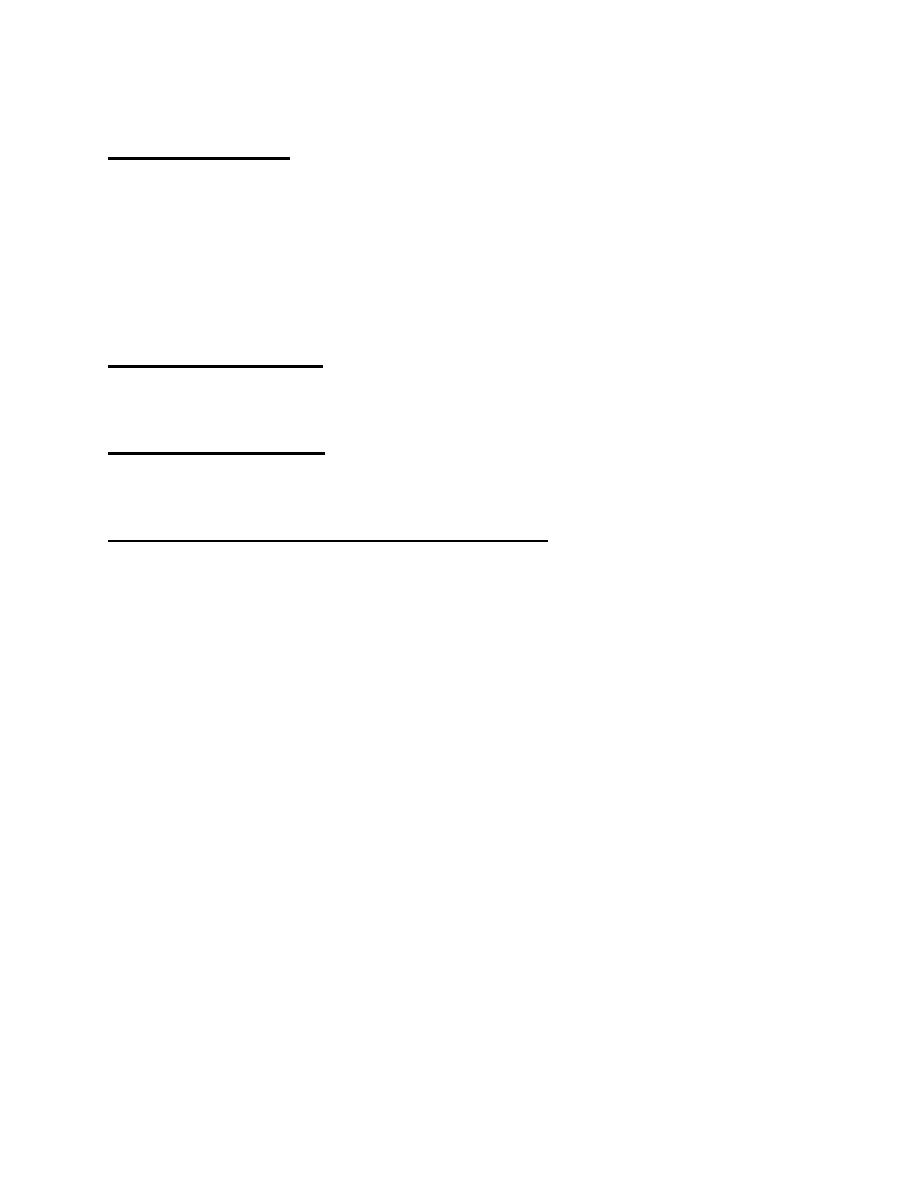
| Tweet |

Custom Search
|
|

|
||
 TM 55-1915-200-SDC
Section V. SOUND-POWERED TELEPHONES
4-5.
TELEPHONES GENERAL. Telephones provide a rapid means of transmitting and receiving verbal orders and
information among various stations in the ship.
Sound-powered telephones are powered by the energy of the speaker's voice and provide functional shipboard
communications. As its source of power, the equipment uses the audio energy in the sound waves of the speaker's
voice. Audio energy is converted to electrical energy by the transmitter (microphone).
An alternating current produced by audio energy is impressed on the coil of the receiver unit and causes the
diaphragm of the receiver to vibrate in unison with the transmitter diaphragm. In this way, the receiver generates sound
waves which correspond to those impressed on the transmitter by the talker's voice, and the speech is reproduced at the
receiver.
4-6.
SOUND-POWERED HANDSET. The handset transmitter receiver is used primarily for one-to-one talking. The
transmitter and receiver units are interchangeable. The handset is provided with a normally open, nonlocking spring
return switch in the handle. When depressed, the press-to-talk switch configuration connects both the transmitter and
receiver in parallel across the line. When the switch button is released, both transmitter and receiver are disconnected.
4-7.
SOUND-POWERED HEADSET. The headset-chestset type transmitter-receiver is designed for general use.
The transmitter and receiver units are not interchangeable. The set has two receiver units in protective shells with ear
cushions. Closing the press-to-talk switch connects the transmitter across the line. The receiver units are connected
across the line at all times when the headset-chestset is plugged in.
4-8.
HANDLING AND STORING SOUND-POWERED TELEPHONES. The procedure used to prepare a headset for
storage is:
a.
Hold plug and unscrew from jack box; remove by pulling on the plug, not on the cord.
b.
Screw cover on the jack box to keep out moisture and dirt.
c.
Remove headband and hang the headband over the yoke of transmitter.
d.
Lay line out on the deck and remove any kinks; begin coiling from the end that attaches to the chest plate.
Coil line with right hand, making the loops in a clockwise direction; loops should be about 10 inches across.
e.
When lead is coiled, remove ear pieces from transmitter yoke and hold headband in the same hand with
the coil.
4-4
|
||
 |
||